Want to save with Paschal? Don’t miss our current offers and specials
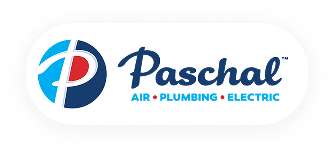
Want to save with Paschal? Don’t miss our current offers and specials
Return to Paschal Resource & Education Hub
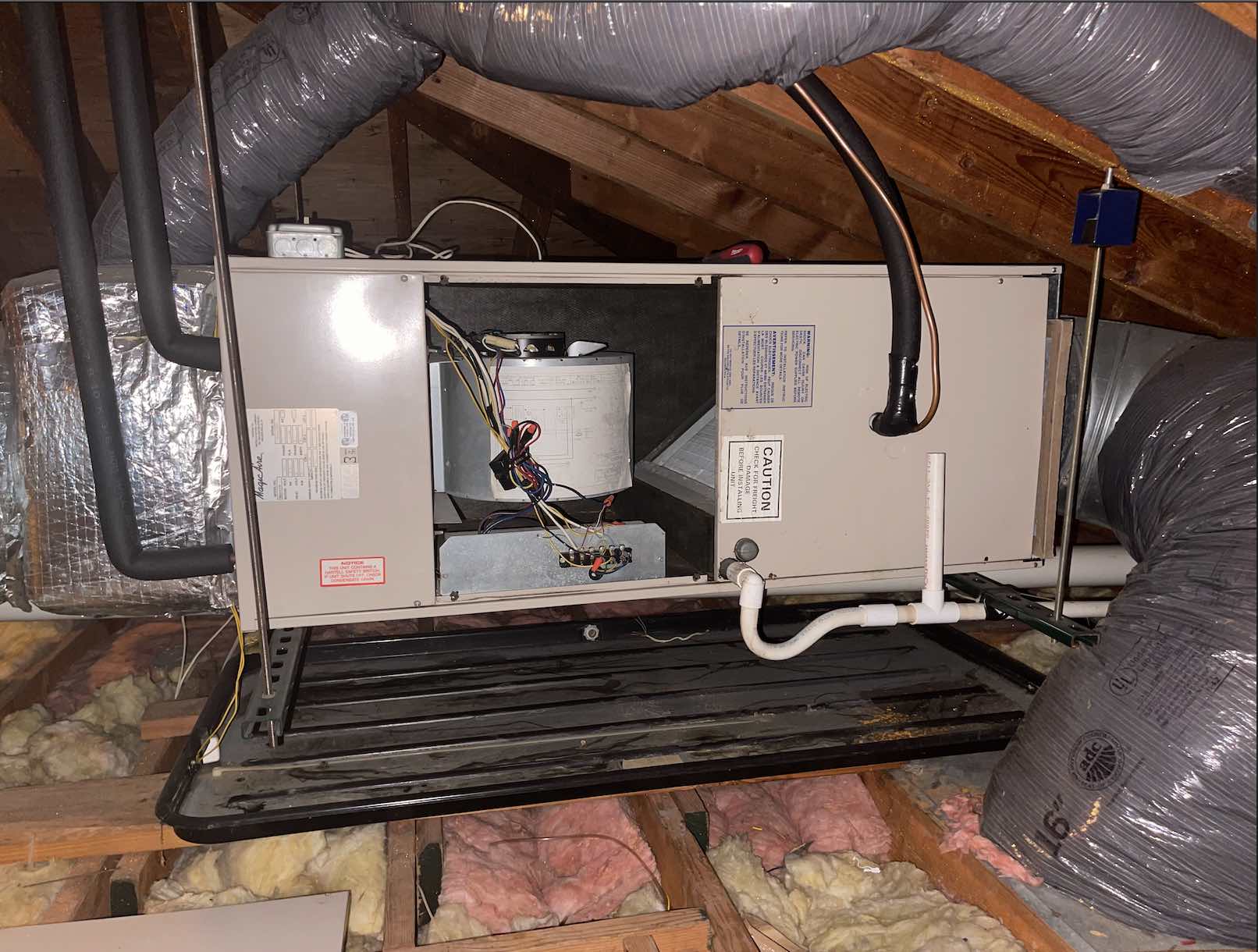
Definition: An air handler is the indoor unit of your HVAC system that circulates heated or cooled air through your home’s ductwork.
If you’re a homeowner, chances are you’ve probably come across the term “air handler” while dealing with heating, ventilation, and air conditioning (HVAC) systems. But, what is an air handler? How does it work? What role does it play in maintaining your home’s comfort? We’ll delve into these questions and more, providing you with a comprehensive understanding of air handlers, their importance in HVAC systems, how to maintain them, and common problems homeowners face.
This is a complex subject, so get comfortable and prepare to immerse yourself in the world of air handlers. Remember, understanding this key component of your HVAC system can save you a significant amount of time, energy, and money in the future.

An air handler is a device that circulates conditioned air throughout your home. It works closely with your air conditioner or heat pump to distribute cool or heated air, and it contains several key components that contribute to heating, cooling, and circulation.
Air handlers are usually located indoors, in the attic, basement, or a dedicated closet, and are connected to the ductwork running throughout your home.
An air handler is more than a simple box that blows air; it’s an intricately designed machine composed of several key components. Each plays a unique role in the process of heating, cooling, or circulating air. Let’s explore these components and understand their functionalities.
The blower is responsible for circulating air throughout your home. It pulls in unconditioned air, pushes it through other components for conditioning, and forces the treated air back into your home through the ductwork.
Some modern air handlers feature variable-speed blowers, which precisely control airflow for improved comfort and energy efficiency.
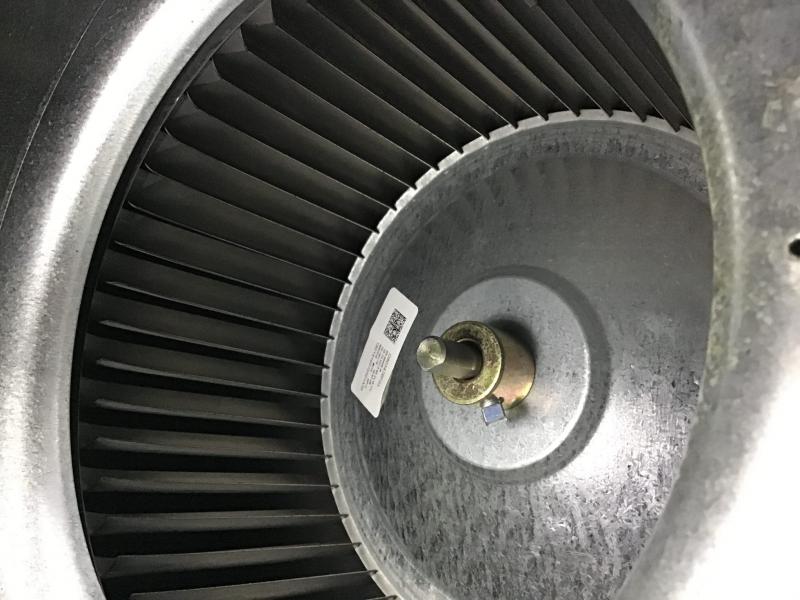
The evaporator coil is another critical component of the air handler. When your system is in cooling mode, the refrigerant (a special liquid that can change states between liquid and gas) flows through this coil. The warm air from your home is blown over the cold evaporator coil. The refrigerant inside the coil absorbs the heat from the air, cooling it down before it’s circulated back into your home.
Moreover, as the warm air passes over the cold coil, it also loses some of its moisture – this is the principle behind the dehumidifying effect of your air conditioner.
Learn more about energy-efficient HVAC systems at Energy.gov.
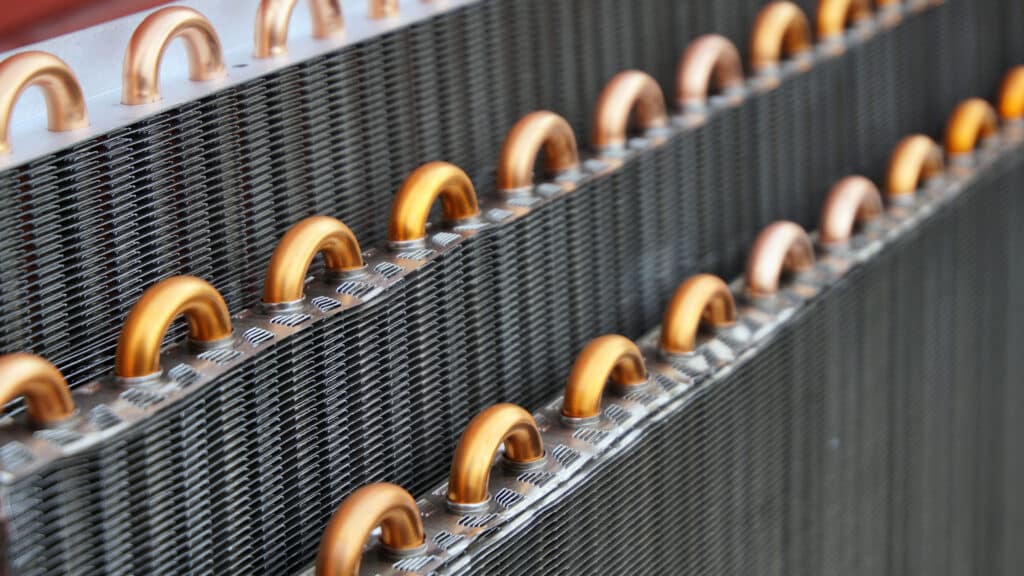
In heating mode, electric heating elements or heat strips warm the air as it passes over them. Not all air handlers have heating elements, this depends on your system type and whether you have a separate furnace.
It’s essential to note that not all air handlers have heating elements – this depends on whether your HVAC system utilizes the air handler for heating or if you have a separate furnace.
Air filters remove dust, pollen, and other contaminants. Clean filters improve air quality and prevent buildup that can reduce system efficiency. Check filters monthly and replace at least every 3 months.
Air filters need to be replaced or cleaned regularly to maintain their efficiency.
Air handlers are also equipped with dampers, adjustable plates that control the flow of air within the ductwork. By opening and closing, these dampers can control the volume and direction of air, helping to balance the distribution of conditioned air to different areas of your home. Dampers are adjustable plates that control airflow within the ductwork. They help balance conditioned air to different areas of your home.
Now that you understand the essential components, let’s examine how they all work together in an air handler.

Whether your HVAC system is heating, cooling, or merely circulating air, the air handler plays a crucial role. While the process may differ slightly based on the specific function, the general steps remain the same.
There’s no one-size-fits-all when it comes to air handlers. They come in different types, each designed to meet specific needs. Let’s look at the three main types of air handlers:
Designed for homes and small commercial spaces, these are compact and usually paired with an AC or heat pump.
Larger units are used in office buildings, factories, or large commercial spaces. Some include humidifiers or economizers.
Used in restaurants, labs, and healthcare facilities. MAUs condition air and replace it with fresh outdoor air to control odors, humidity, and maintain a healthy indoor environment.
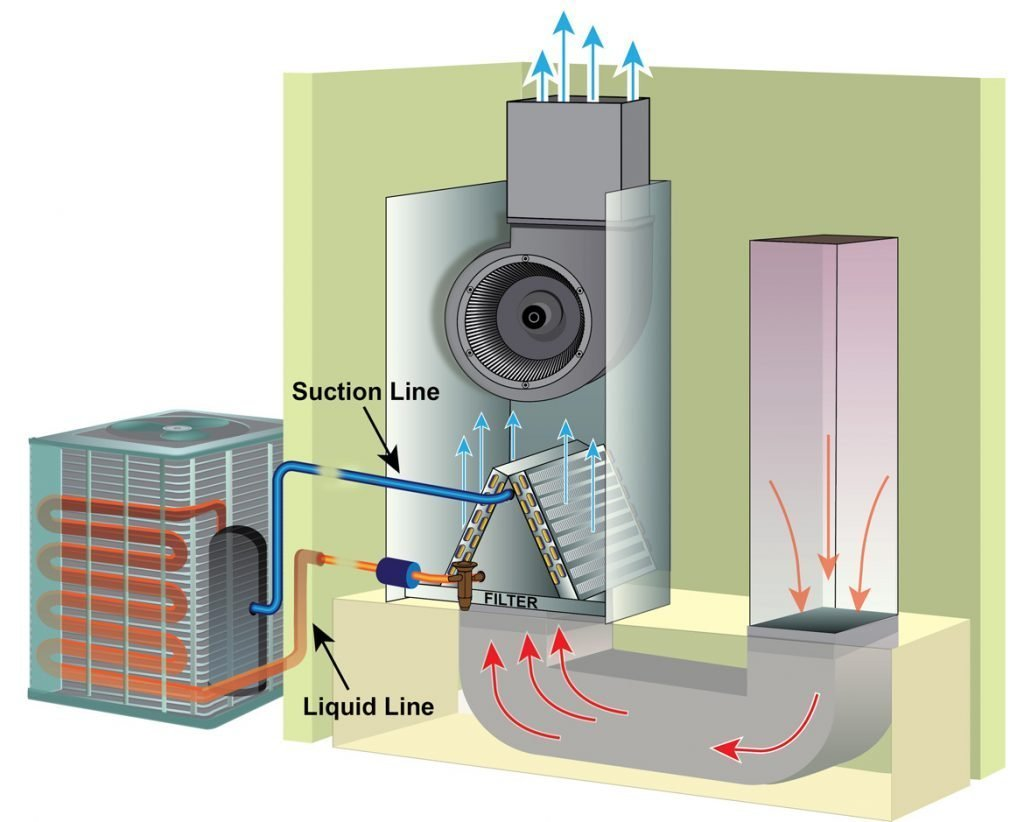
The air handler is the heart of any HVAC system, responsible for the circulation of conditioned air throughout your home. Without a properly functioning air handler, your HVAC system would struggle to maintain a comfortable indoor climate.
Let’s examine why air handlers are so essential:
Improved Comfort: Maintains consistent temperature and humidity.
Better Air Quality: Filters airborne particulates for cleaner indoor air.
Energy Efficiency: Proper airflow and conditioning reduce energy costs.
Like any machine, air handlers can encounter problems that affect their performance. Understanding these issues and their solutions can help you maintain an efficient HVAC system. Here are some common problems and what you can do about them:
One of the most common issues with air handlers is clogged air filters. Over time, dust and other particulates can accumulate on the filter, restricting airflow. This not only reduces the efficiency of your HVAC system but can also cause other problems, like ice formation on the evaporator coil.
Solution: Regularly check and replace your air filters. The frequency will depend on the type of filter you use, the air quality in your home, and whether you have pets. However, a good rule of thumb is to check your filter once a month and replace it at least every 3 months.
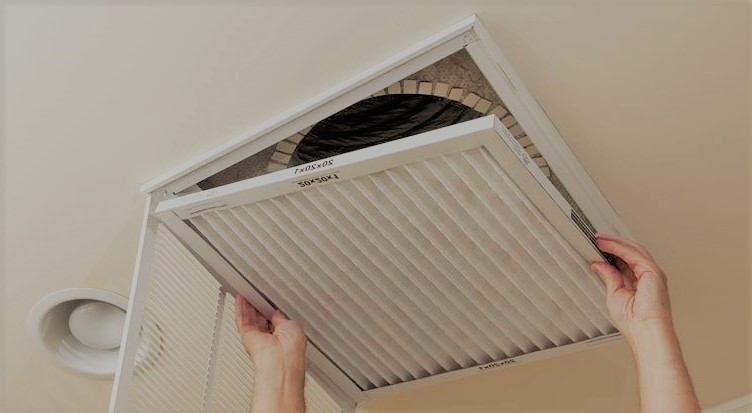
If your blower motor fails, your air handler won’t be able to circulate air, leading to discomfort in your home. Signs of a faulty blower motor include unusual noises, poor airflow, or a system that runs continuously.
Solution: A faulty blower motor typically requires professional attention. Contact a trusted HVAC service provider like Paschal Air, Plumbing & Electric to diagnose and fix the problem.
Leaky ducts can reduce the efficiency of your air handler and your HVAC system as a whole. If conditioned air is escaping from your ducts, your system will have to work harder to maintain the desired temperature.
Solution: Regular inspections and maintenance can help detect and seal any leaks in your ductwork. Consider having your ducts professionally inspected at least once a year.
If your evaporator coil freezes over, it can’t effectively cool the air, leading to poor performance and possible system breakdowns. This often happens when there’s insufficient airflow, such as from a dirty air filter, or if the refrigerant is low.
Solution: Regularly change your air filter to maintain good airflow and have your HVAC system serviced annually to ensure the refrigerant level is adequate. If you notice ice on your evaporator coil, turn off your system and contact a professional.
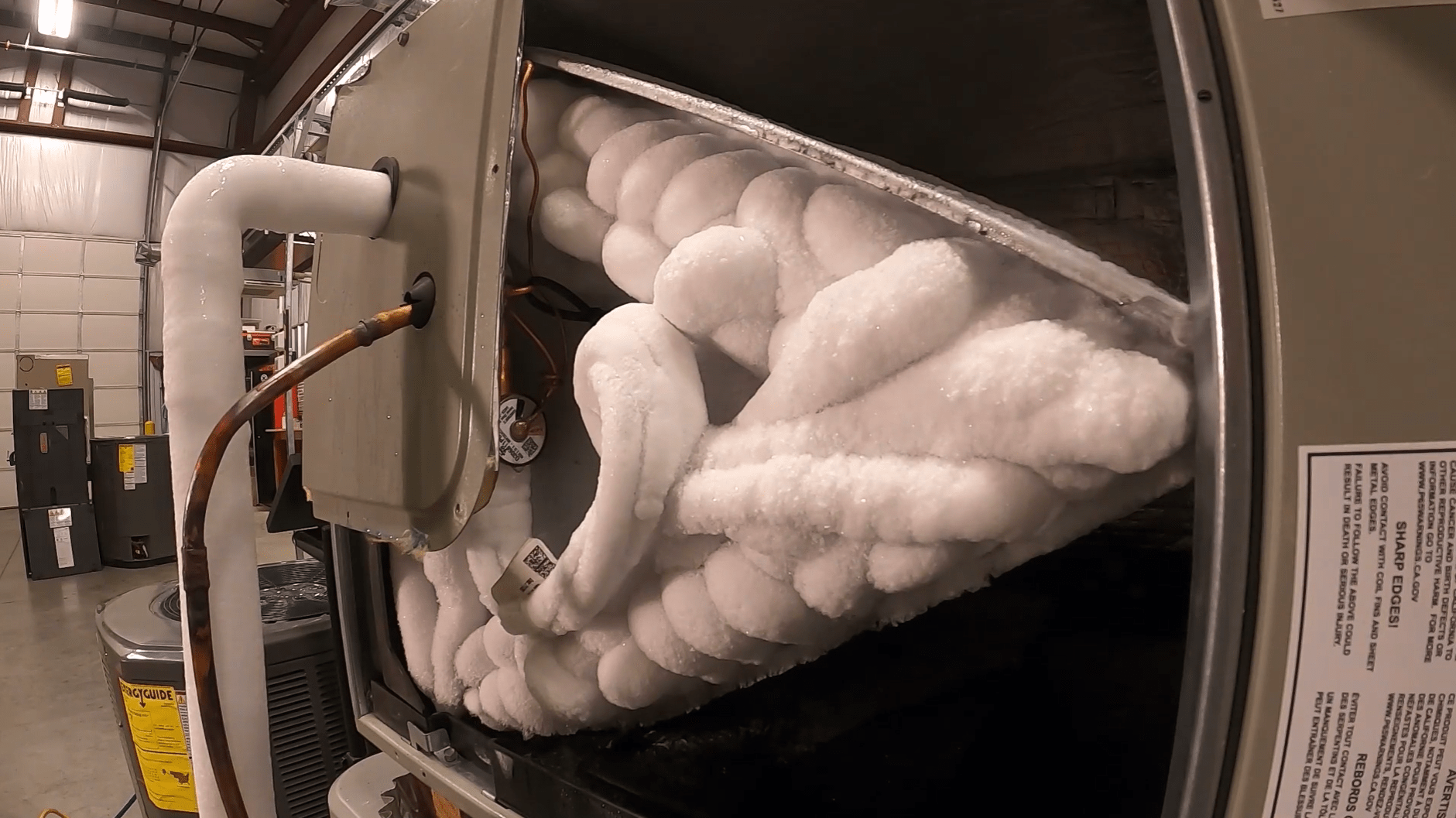
Maintaining your air handler is key to the longevity and efficiency of your HVAC system. Here are some tips to keep your air handler in top shape:
Regular filter changes, check monthly, and replace every 3 months.
Annual professional inspections.
Keep the area around the air handler clean.
Listen for unusual noises, rattling, buzzing, or squealing, and call a professional if needed.
| System Type | Function | Location | Works With | Best For |
|---|---|---|---|---|
| Air Handler | Circulates conditioned air | Indoors (attic, closet, basement) | AC or heat pump | Homes with ductwork |
| Furnace | Produces heat (gas/electric) | Indoors | Can pair with AC | Colder climates |
| Packaged Unit | All-in-one heating and cooling | Outdoors | Self-contained | Homes with limited indoor space |
Q: Where is the air handler located?
A: Usually inside the home, in the attic, basement, or a dedicated closet, connected to the ductwork.
Q: Can I use my HVAC system if the air handler is not working?
A: No. Without a functioning air handler, your system cannot circulate air properly, leading to uneven temperatures.
Q: How often should I replace the air filter?
A: Check monthly and replace at least every 3 months, more often if you have pets or allergies.
Q: How long does an air handler last?
A: With proper maintenance, 10 to 15 years, depending on quality, conditions, and care.

Understanding your air handler is key to keeping your home comfortable year-round. If you notice weak airflow, strange noises, or any other issues, our team is here to help.
Call or text 479-502-9229 to schedule professional air handler service. Learn more about our HVAC services and how we keep homes comfortable in every season.